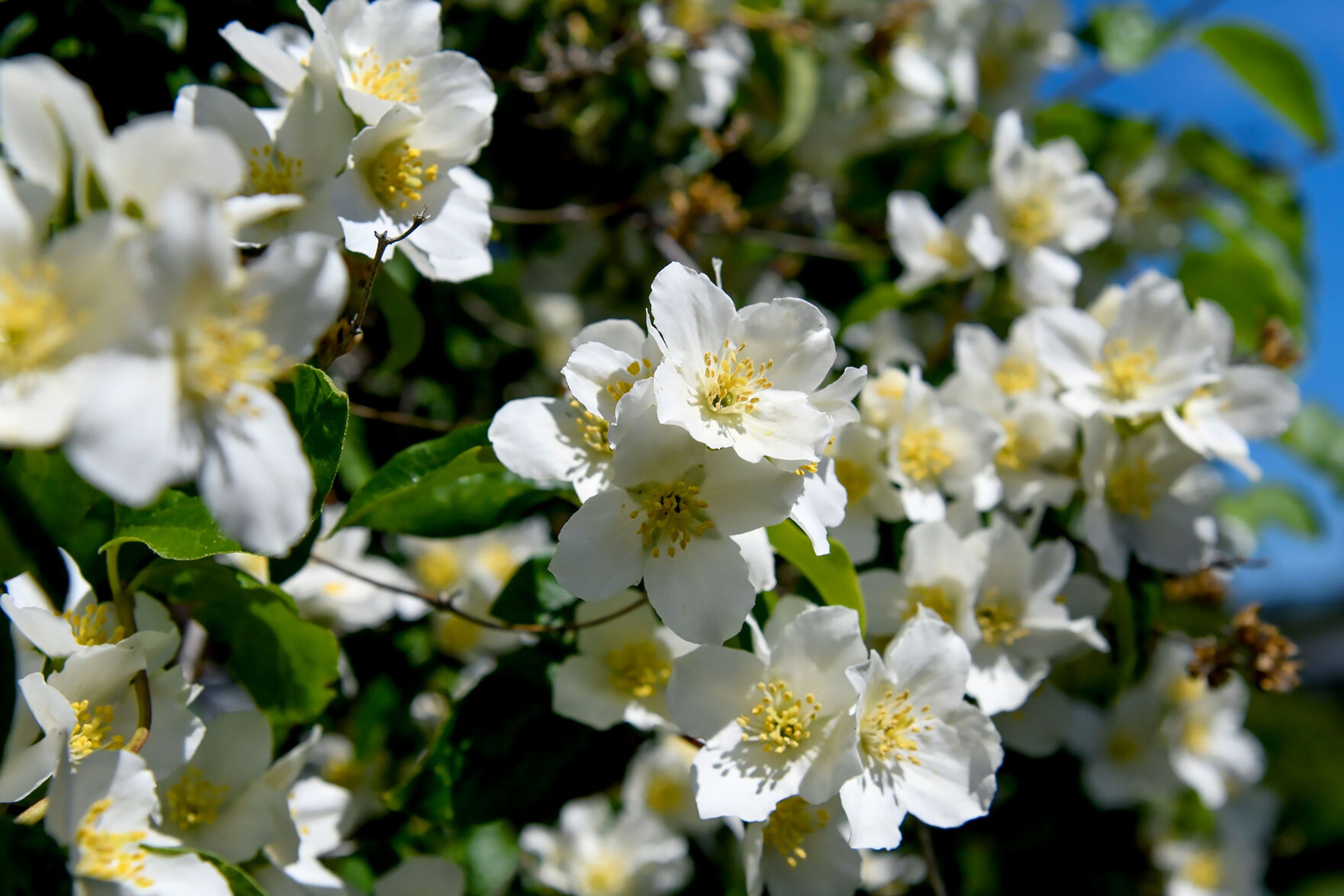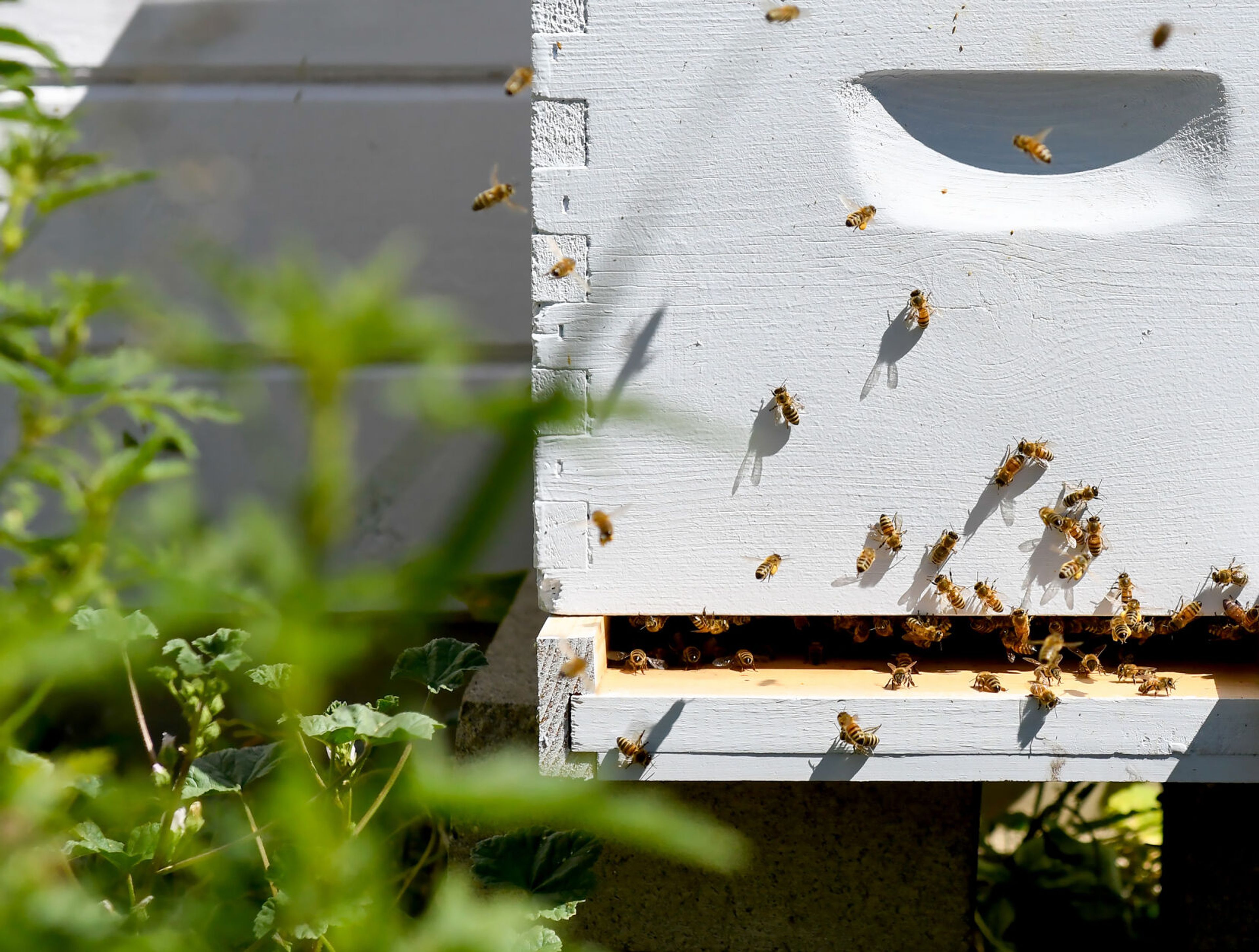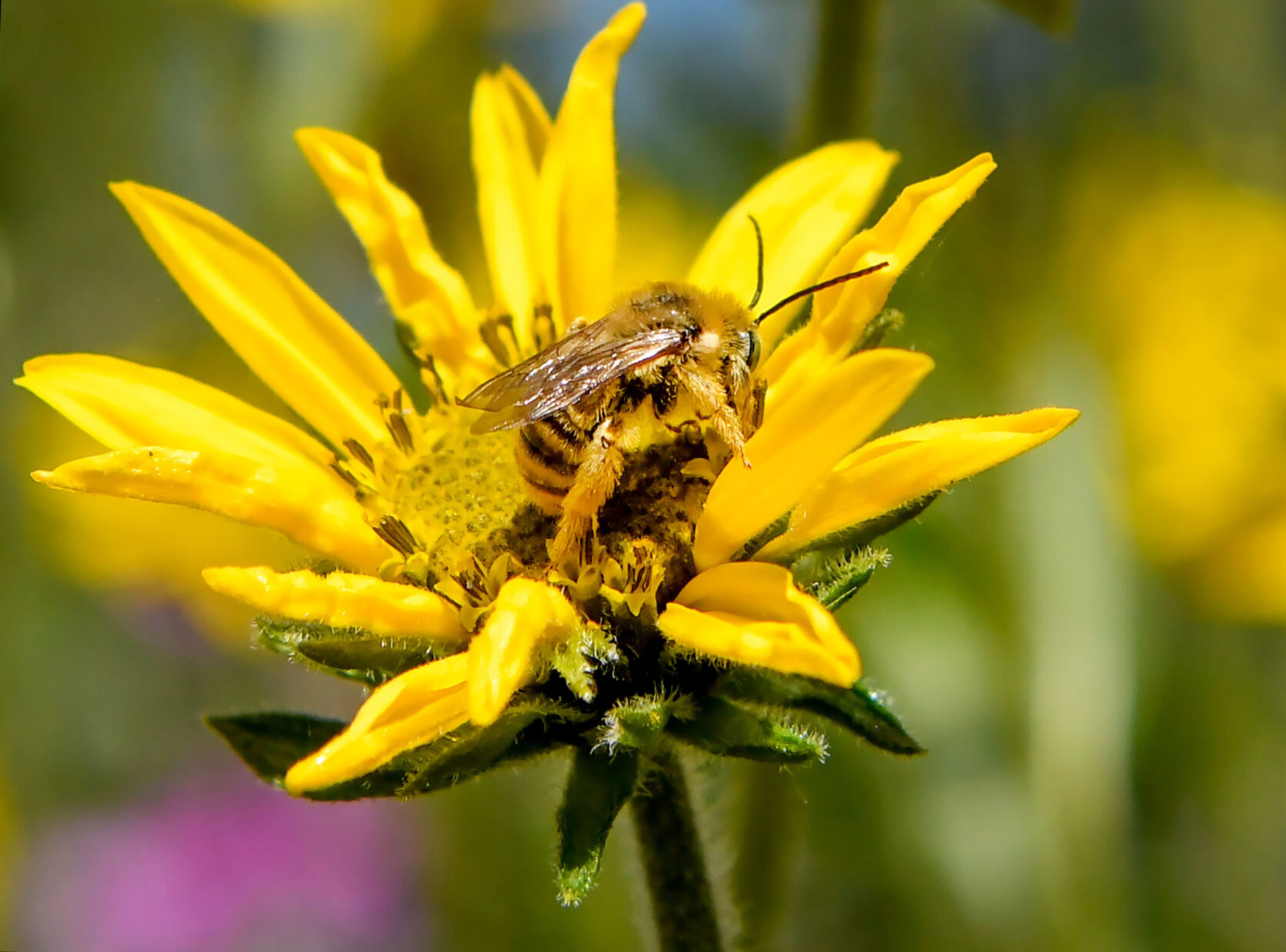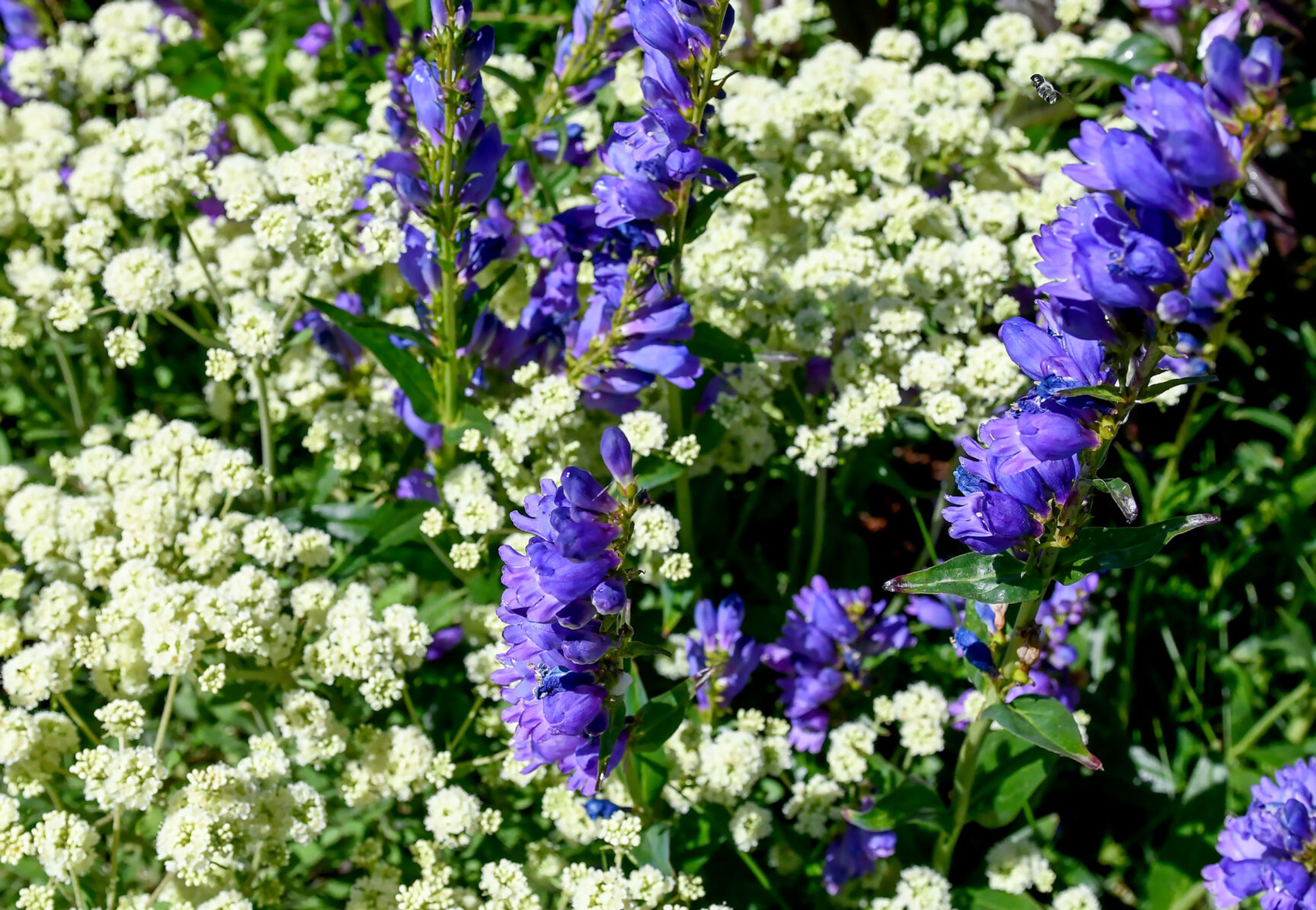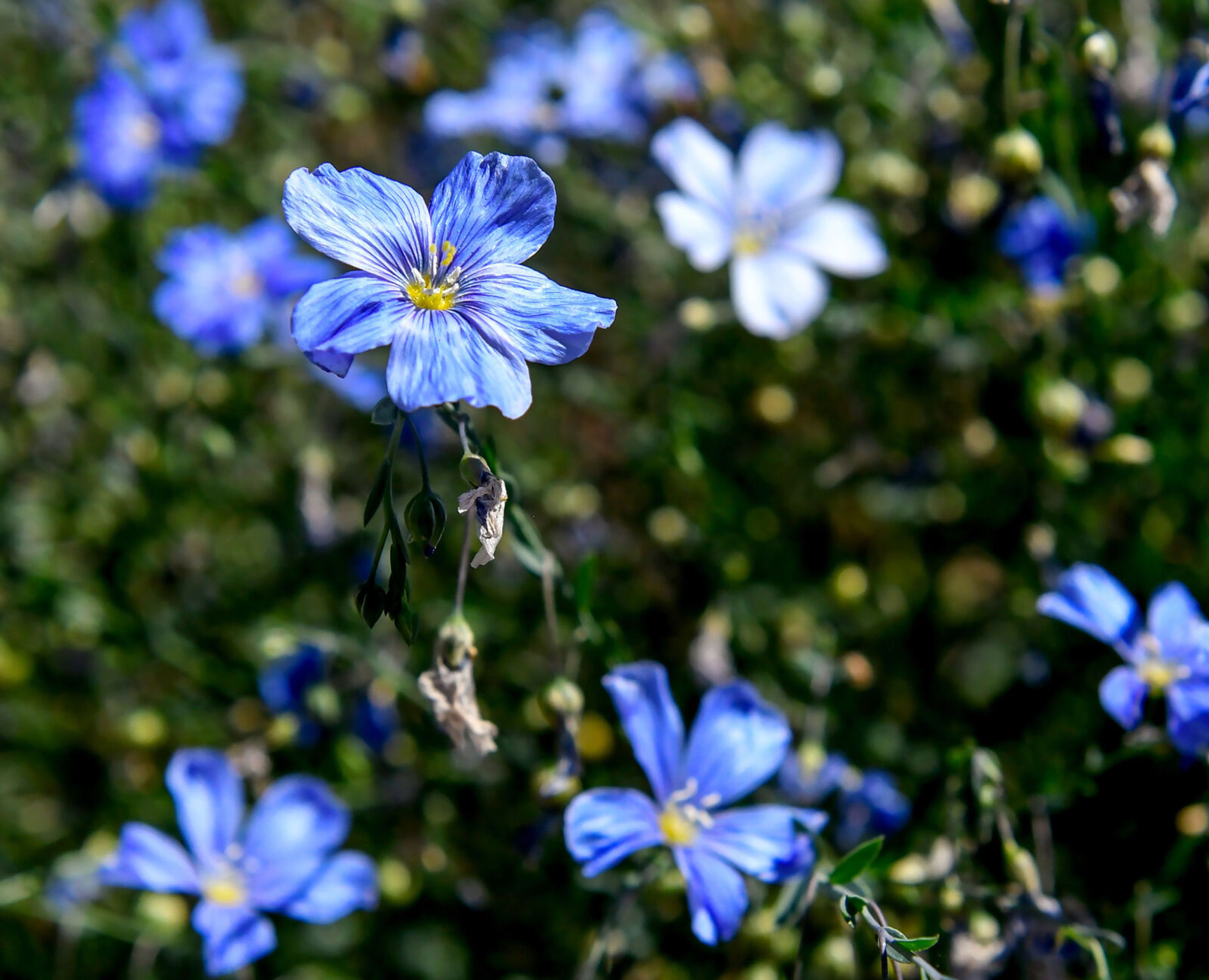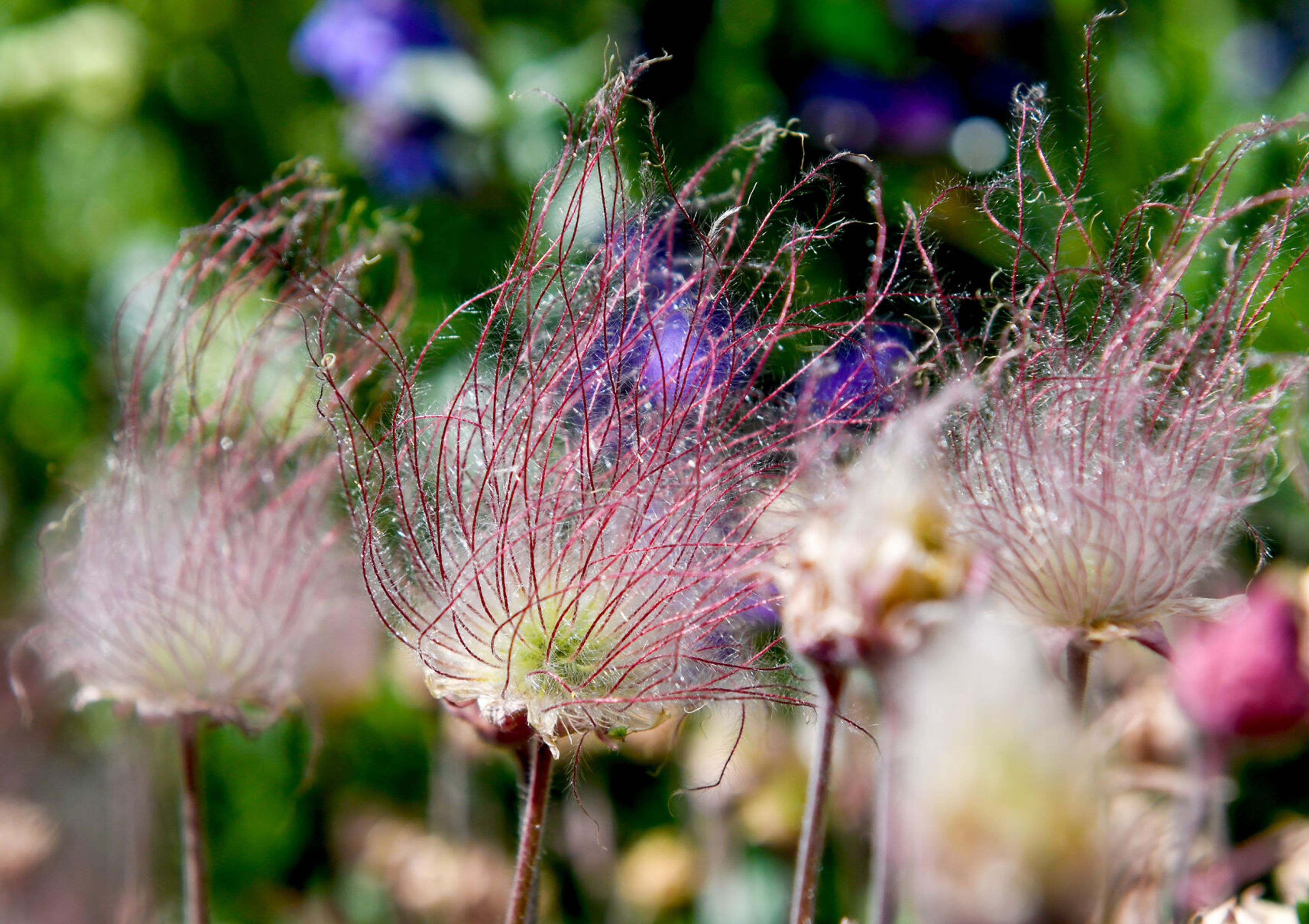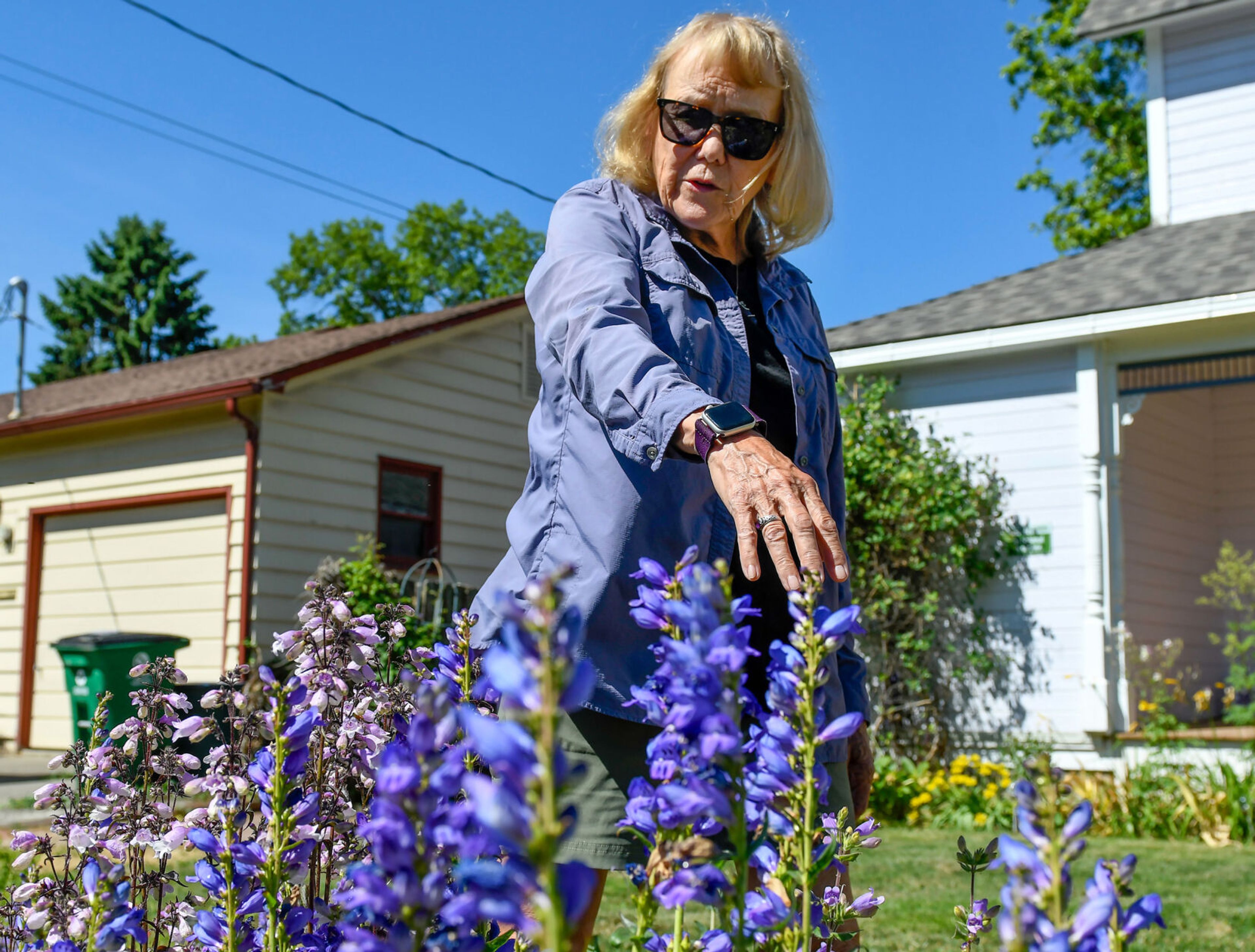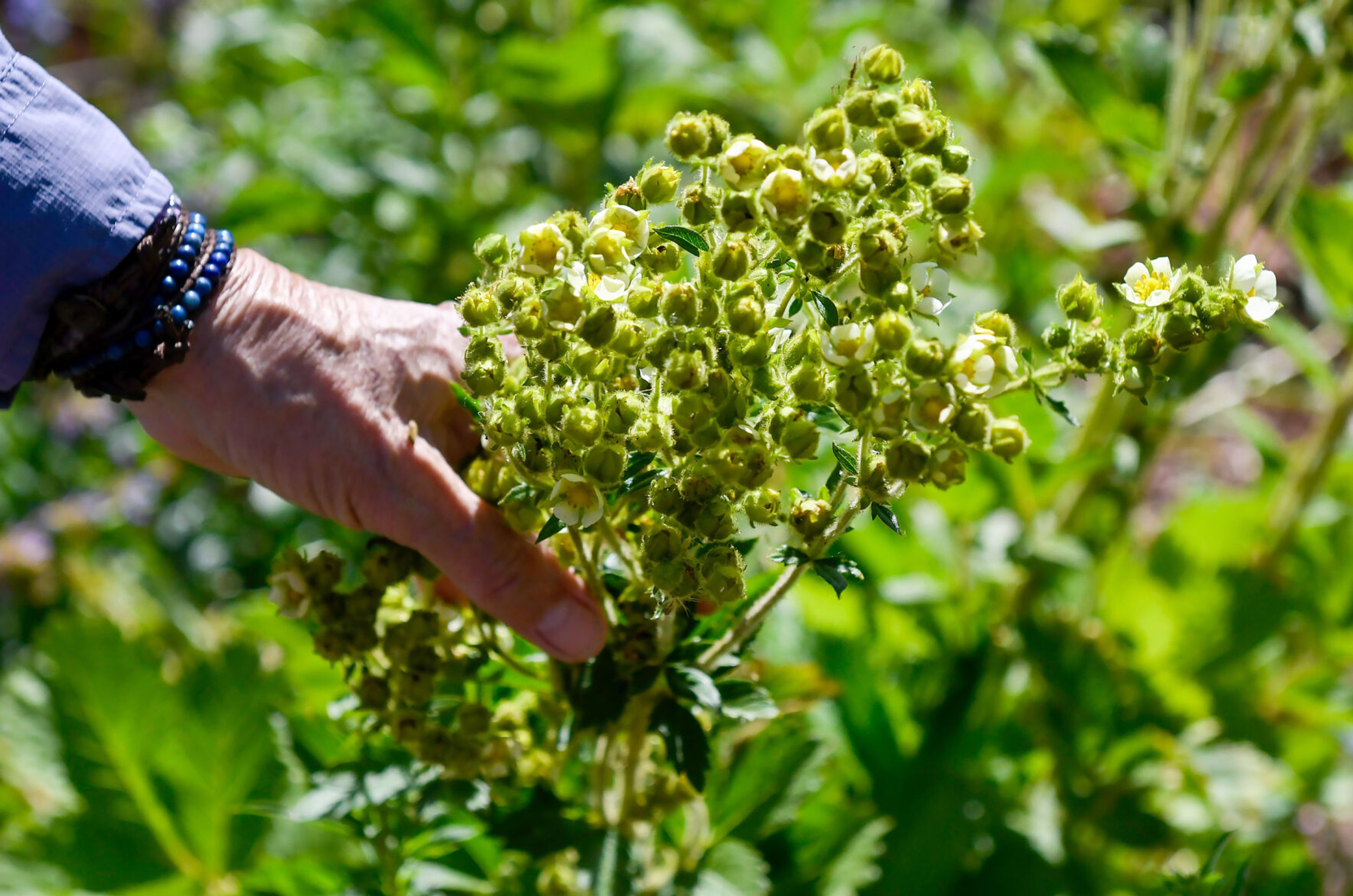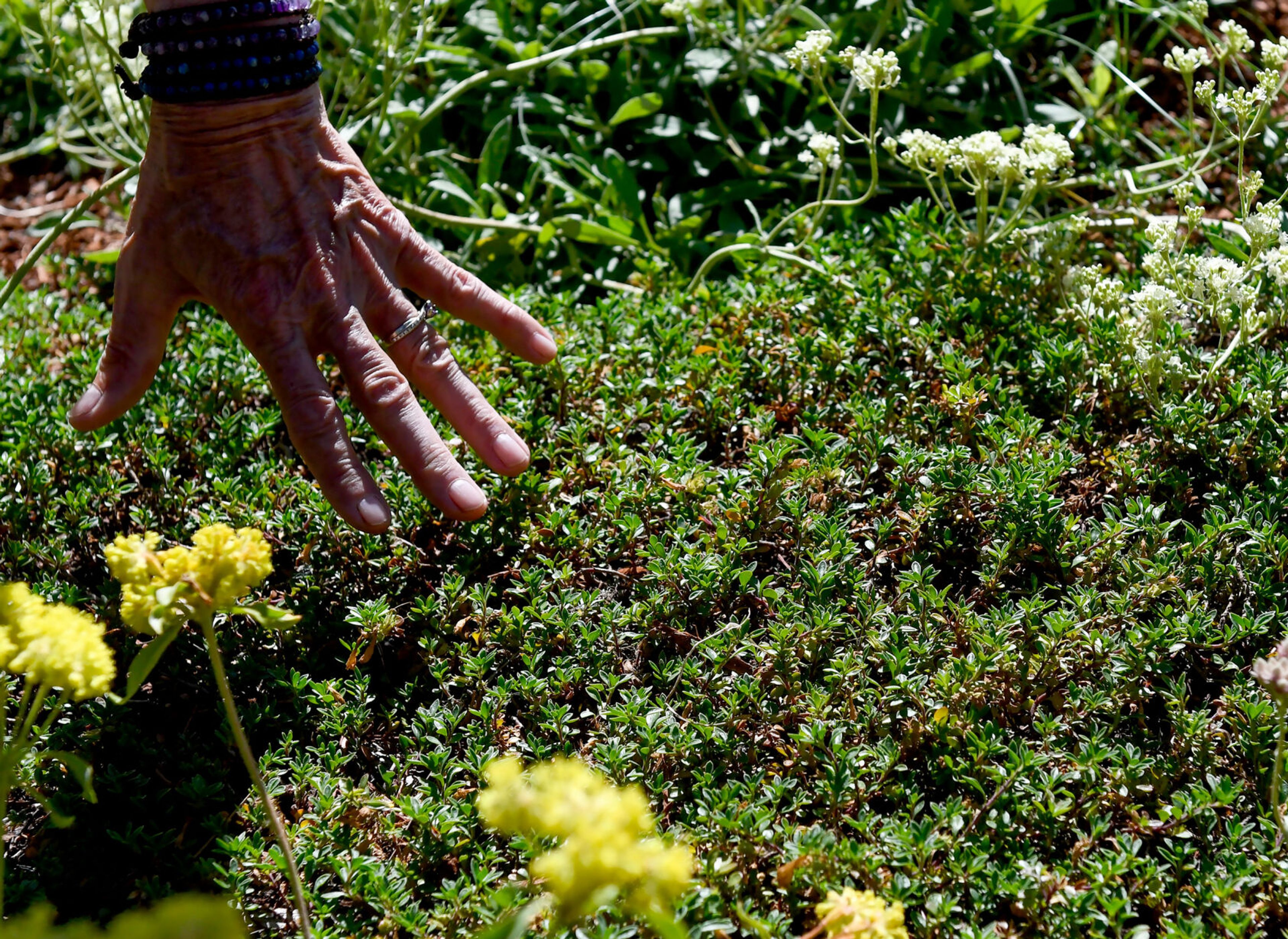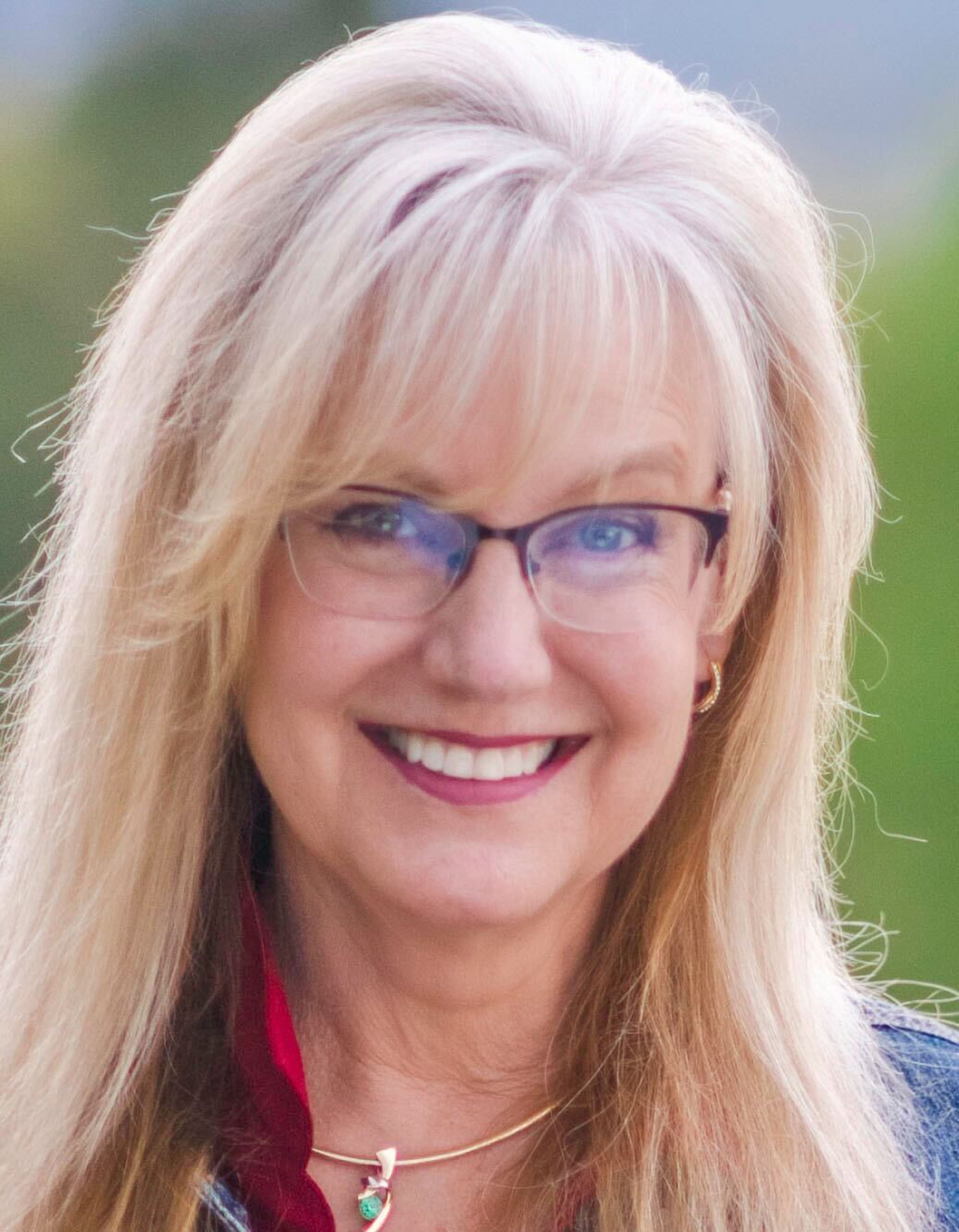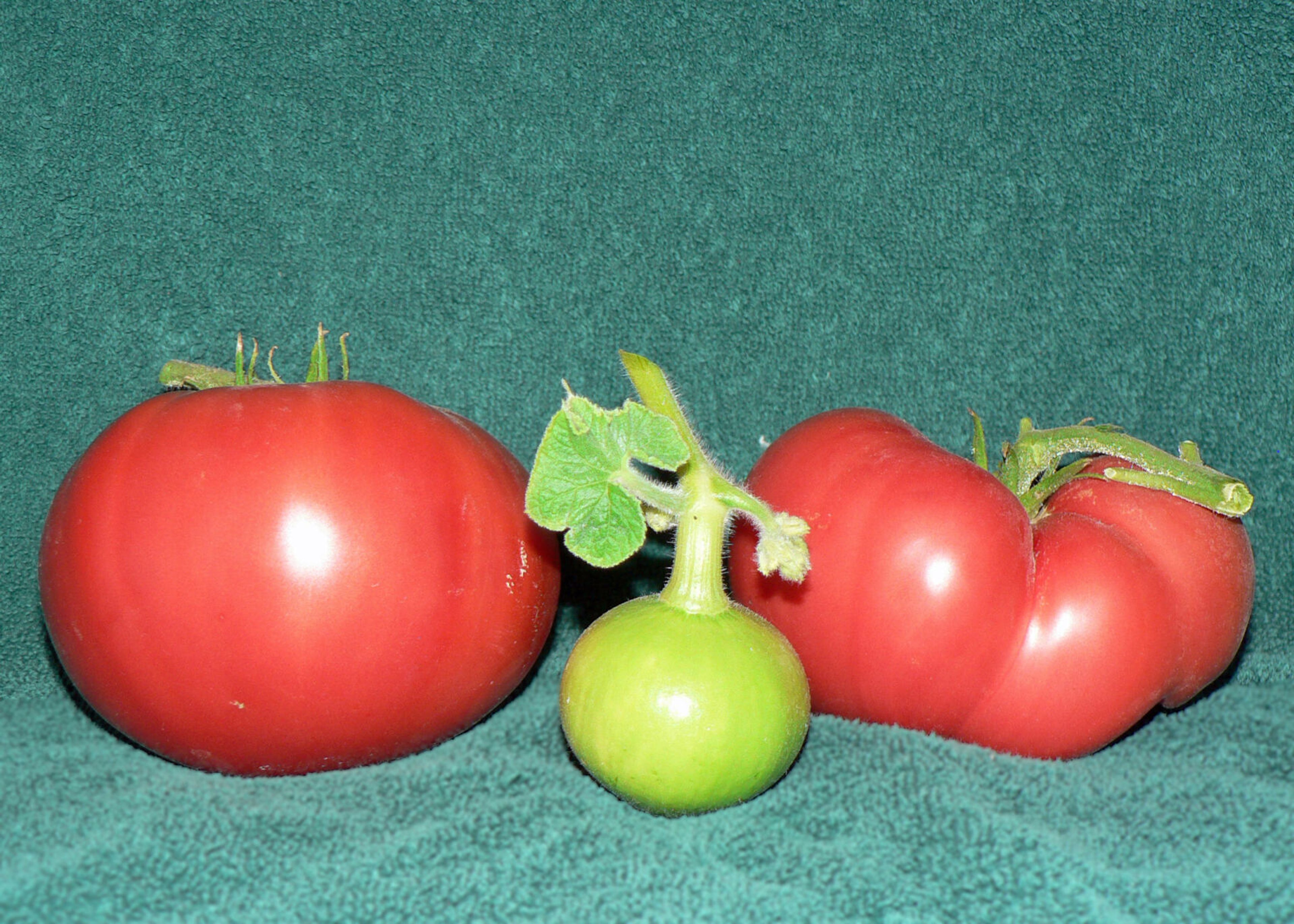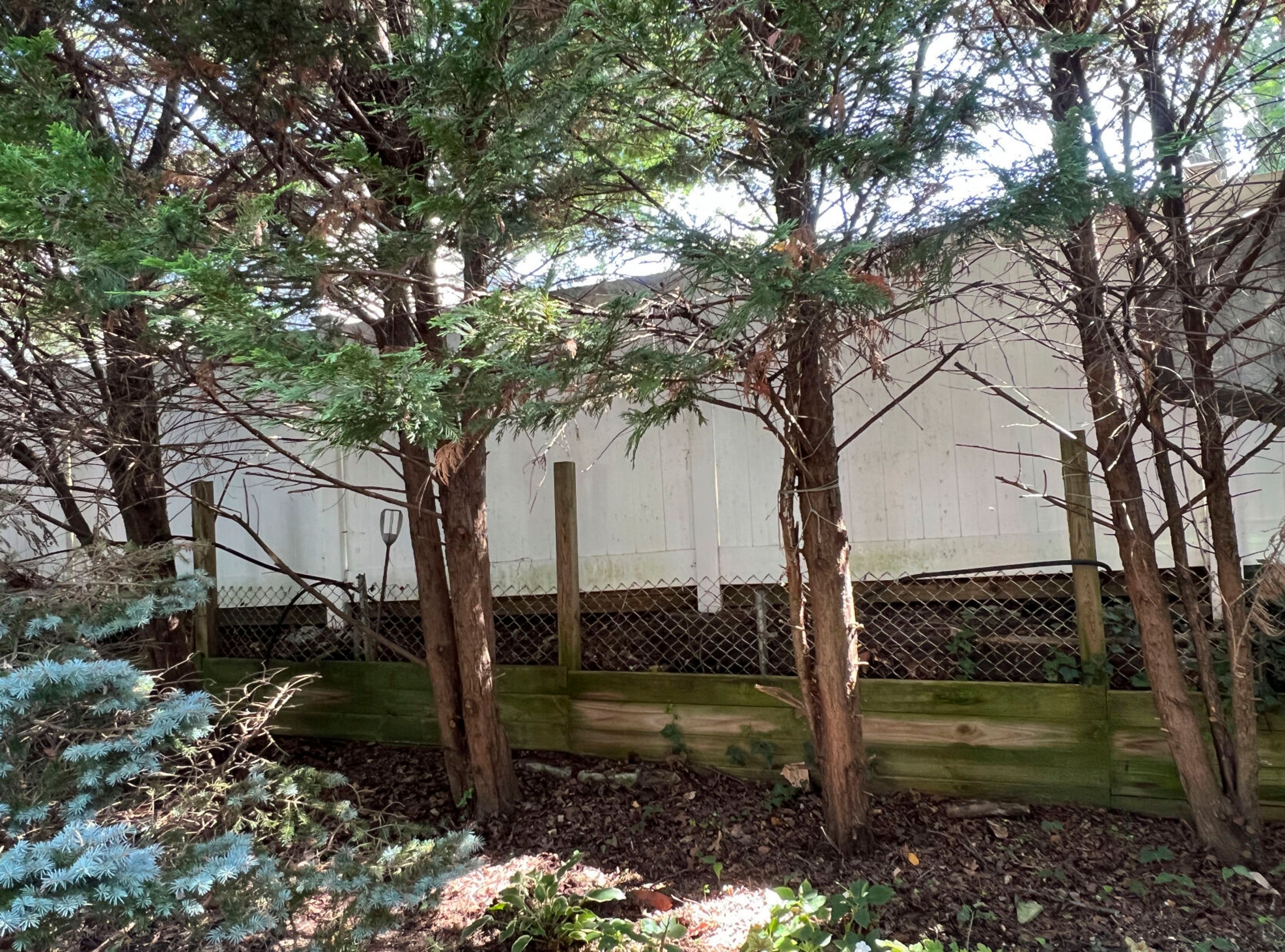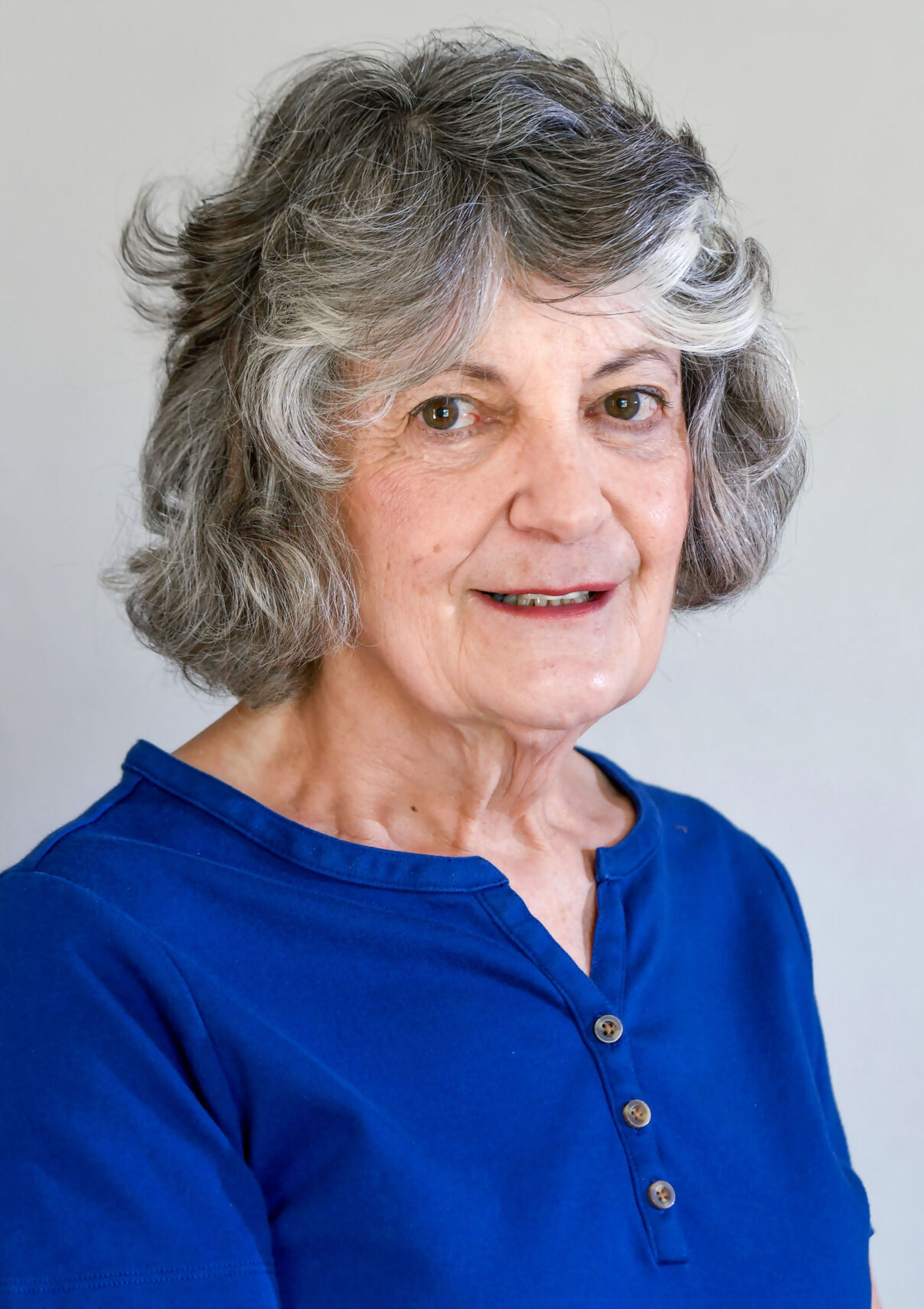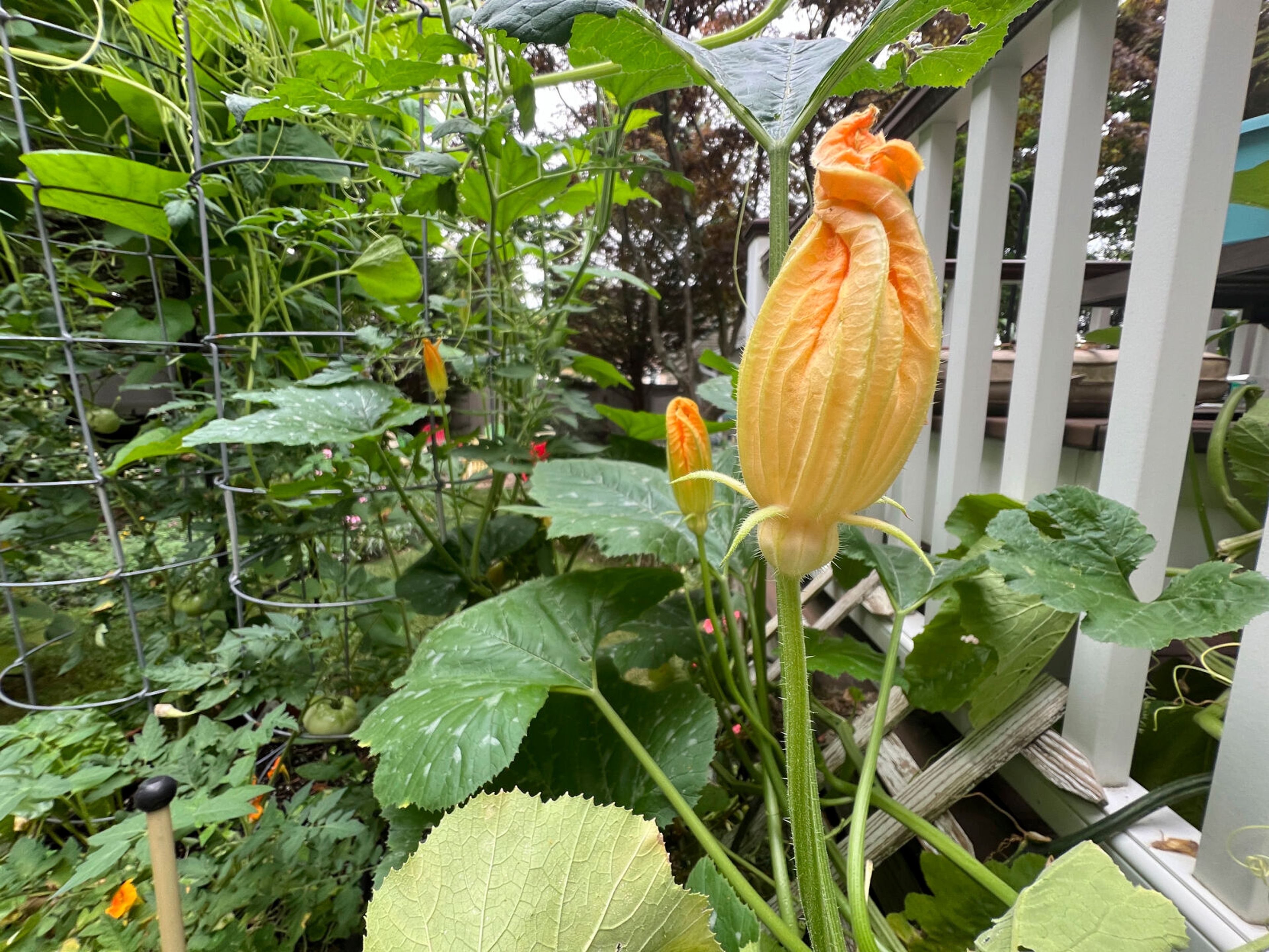A devotion to native species
For botanist Pam Brunsfeld, retirement has meant an opportunity to study the lifeblood of our environment
Gardening has been second nature to Pam Brunsfeld.
The former University of Idaho botanist has always kept a garden. But it wasn’t until she retired about 10 years ago that she fully delved into the hobby.
“I wanted to grow every native species I could get my hands on,” Brunsfeld said. “It’s sort of become an addiction.”
After retirement, she began to keep bees and was set on filling her property edge to edge with a variety of ornamentals. She removed much of the grass in her front yard to transform it into a pollinator garden filled with drought-tolerant, native plants.
Brunsfeld said many would be surprised how easy cultivating a garden may come, especially for species native to the region that require far less water to maintain compared to non-native plants.
Natives have adapted to the local climate and are tolerant to the region’s long, dry summers.
“The main thing that people do when they plant natives is make the mistake of watering them,” Brunsfeld said. “Once they’re established, they don’t need water, and that’s sort of critical.”
The plants also contribute to local ecosystems, she said. Deep-rooted native bunchgrasses, forbs and shrubs store carbon and retain nutrients in the soil.
Another benefit is the number of pollinators native plants attract. Bees come by the dozens even in small patches along roadsides or in urban areas. She said she often finds all sorts of bees in her penstemons and butterflies on her syringa shrubs.
She added there’s no competition between honeybees and native bees when resources are available.
Growing shrubs and forbs provide food and cover for wildlife. She said birds “go crazy” for her serviceberry shrubs and a covey of quail hide among the underbrush in her yard.
The most obvious reason to grow native plants is to support the Palouse Prairie. Around 0.1% of the ecosystem remains, Brunsfeld said, and it was heavily impacted by agriculture.
“It’s one of the most endangered ecosystems in the world,” Brunsfeld said. “You look out at our nice, yellow fields this time of year and that all used to be Palouse Prairie.”
Brunsfeld said her biggest piece of advice when starting a native garden is to acquire plants from a reliable source.
“The thing I really recommend is people not buy wildflower seed mixtures,” she said. “I call them weeds in a can because a lot of non-natives are in there that can outcompete the natives.”
She recommends visiting a local nursery and consulting botany groups like the Idaho Native Plant Society.
Many native plants are “show stoppers,” Brunsfeld said, and easy to care for as long as they aren’t overwatered. She recommends many penstemon species that are prized by people for their beauty and pollinators for their nectar and high-quality pollen. Buckwheat varieties like the alpine gold buckwheat and parsnip-flower buckwheat are loved by pollinators.
Other recommendations include tall cinquefoil, little sunflower and Idaho’s state flower syringa or mock orange. She said they all provide beautiful displays, and bees love them.
Prairie smoke, a Palouse Prairie staple, is one of her favorites. Brunsfeld said it gets its name from the hairs that stick up from the plant, which from a distance look like puffs of smoke. She added the flower is a prime food for bumblebee queens coming out of hibernation.
An honorable mention that’s non-native is the Lewis flax, characterized by its bright blue hue. She said these are commonly mistaken as native plants because other flax species grow in the region. Even though they’re beautiful, Brunsfeld said they’re aggressive and can outcompete other species.
More information about native plants is available from the Idaho Native Plant Society at bit.ly/3XB8Sk9 or by contacting the University of Idaho or Washington State University extension offices in your county.
Pearce can be reached at epearce@dnews.com
